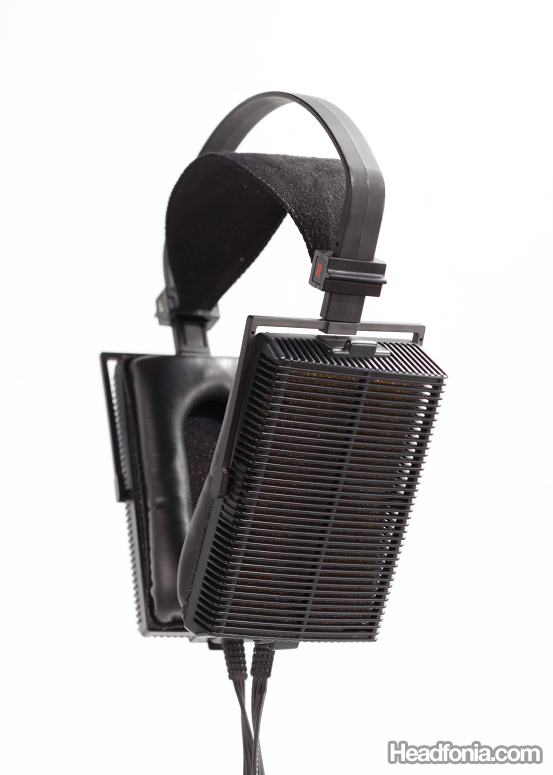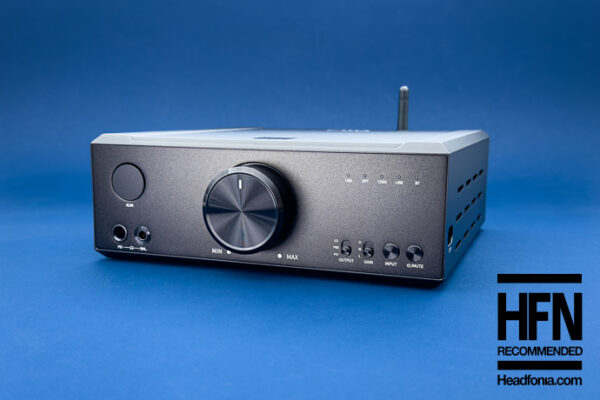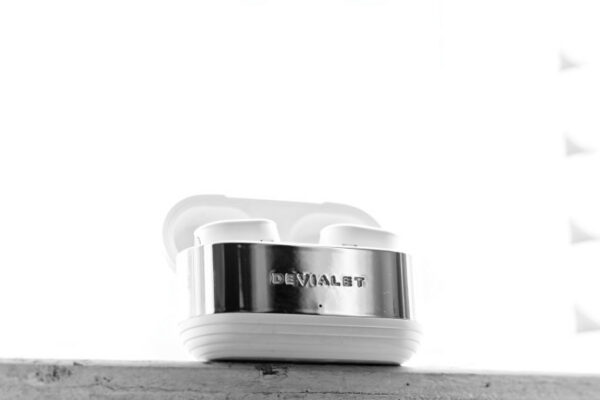First of all, electrostatics have a distinctive planar sound that separates them from the usual dynamics headphone. Almost everyone I know was impressed by the sound of electrostats the first time they listen to them. They have very fast transient speed and a signature treble unique to planar headphones. They always maintain a high level of transparency without becoming harsh or strident in the treble areas. They always sound so effortless. Everything is resolved well, yet the headphones never seem like they have to work hard to display all those details. In the case of these three headphones, from the vintage SR-Lambda Pro to the SR-404LE, the electrostatic sound signature (if I can make a generalization) is clearly displayed.
The SR-Lambda Pro is the most affordable and the oldest Lambda model in this comparison. The Lambda Pro can be found on the used market with an SRD-7 transformer box for less than the price of an SR-404 Signature or SR-404LE headphone unit, and as it is, it is the most bang-for-the-buck model in this comparison. Because between the three, surprising as it may be, there is almost no difference when it comes to detail level, transparency, and soundstage and imaging capability. Yes, I know. I can even say “no difference”, but then I would only say so if I have a perfect six figure source and a “certified” reference ear.
Almost 30 years of development from the time the Lambda Pro was released, and detail, transparency, soundstage and imaging capability is virtually the same. I even checked for treble and bass extensions, and found no significant difference between the three cans. It’s pretty unbelieveable, that the Lambda-Pro was so much ahead of its times. Dynamic cans from the 80s can say good bye to the detail, extension, and transparency level of the Lambda-Pro. If there is any difference between the three headphones, it is on the sound signature of the three, and that’s what we’ll talk about for the rest of the review.
The Lambda Pro is very impressive for a headphone that’s 30 years old, but it does come with its strengths and weaknesses. Compared to the newer 404s, the Lambda Pro is thinner and grainier. What I mean by thin is that you won’t find the added body in the sound that the 404s have, and what I mean by grainy is that the sound is not as smooth as the 404s. You need to realize that the three lambda headphones here are quite thinner sounding than most dynamic headphones, while the Lambda Pro being the thinnest of the three. What’s more is the fact that the midrange is a bit recessed on the Lambda Pro, which also doesn’t work well on vocal passages. Apparently Stax realizes that the thin sound doesn’t strike a good match with audiophiles, hence the SR404 Sig and the LE has significantly more body to their sound.
If the Lambda Pro is the thinnest sounding of the three, it’s also the most airy sounding of the three. If you are into classical or instrumental music, then you might not find the thin sound a big problem. However, vocal lovers may object to this kind of a thin sound. The Lambda Pro is also the most sibilance prone of the three, again, Stax has “corrected” this problem in the newer 404s. Despite the weaknesses, the Lambda Pro is actually my 2nd favorite headphone in this shootout. Given the low price that you can buy the Lambda Pro for in the used market, they would make for an ideal entry-level system for people who wants to get into electrostatics on a budget, knowing that you the improvements on the higher models are more into sound signature, rather than technical ones.







